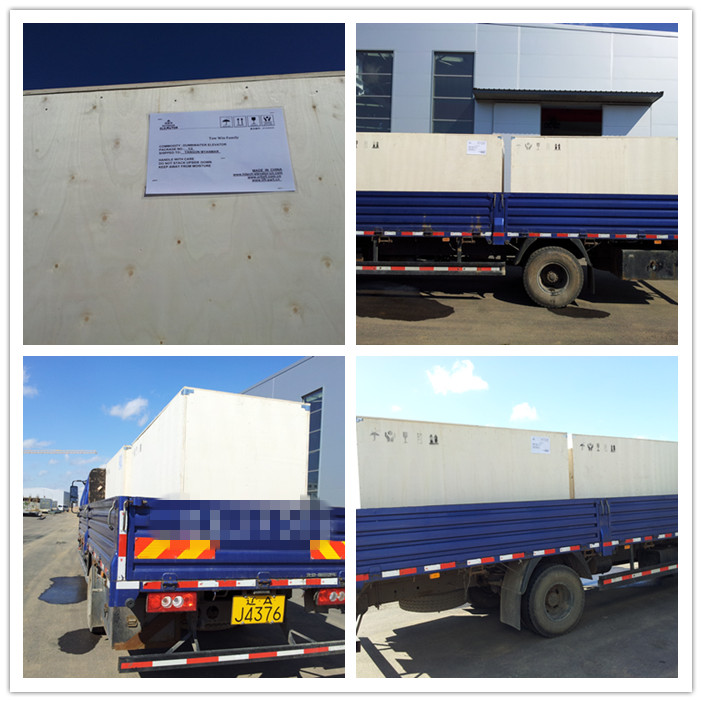The term 'dumbwaiter' is because the lift was first used in large houses with their kitchens and household staff in the basements or the servant's quarters. These servants would use the lift to take food and dishes upstairs to the dining room and back down again as the go-between from the kitchen to the restaurant, allowing noise and cooking odour to be isolated from the patrons. The term's origins are simply that this lift was a way of having your own silent waiter, not seen and not heard.
In 1957, Harold Pinter made the term infamous by writing the single-act play entitled ‘The Dumb Waiter’, which was subsequently described as "Small but perfectly formed”[1]. Not surprisingly, the action all takes place in a dingy basement kitchen. In the back of the room is a dumbwaiter, which delivers occasional mysterious food orders. The characters and the invisible food senders communicate via the dumbwaiter's "speaking tube" unravels a baffling story.
How does a dumbwaiter work?
Early versions were simple human-powered devices, which looped a rope around a pulley or rafter controlled manually. Today, modern dumb waiters are powered electrically - so no hand-pulling is required!
Can a dumbwaiter carry people?
No. Absolutely not. These little lifts are designed to carry goods only.
